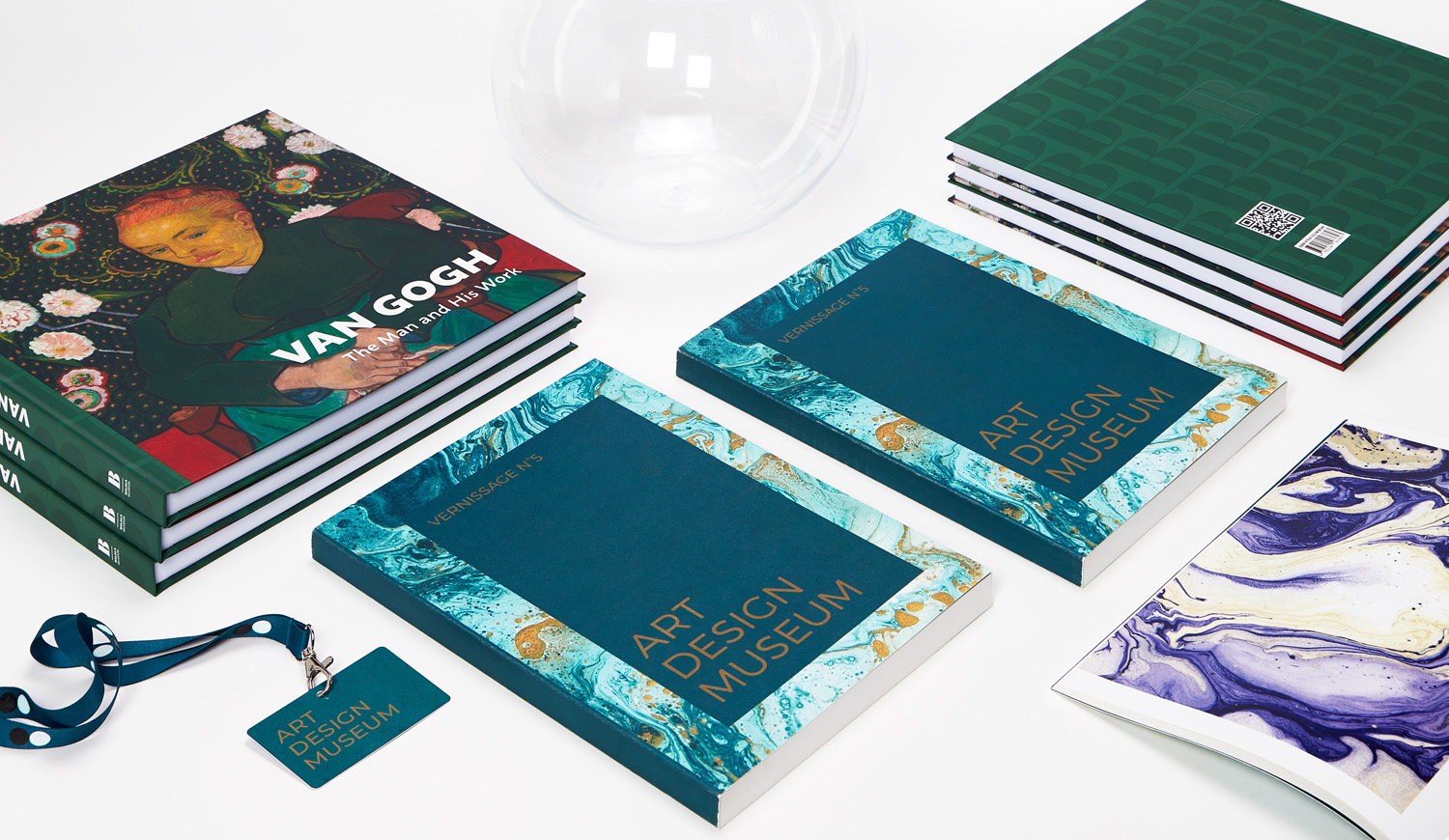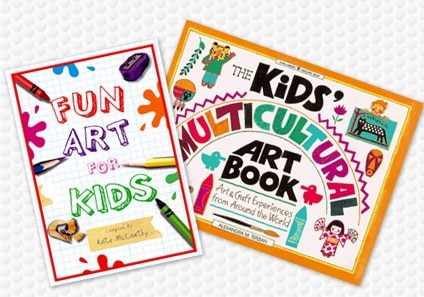Top Mistakes to Avoid When Printing an art book
Top Mistakes to Avoid When Printing an art book
Blog Article
Understanding the Process Behind Top Quality Art Book Printing for Art Lovers
When it pertains to high-grade art book printing, recognizing the complexities of the process can raise your admiration for the end product. You could not recognize just how essential paper option and ink selections are to the vibrancy of art work. Each component plays a substantial function in attaining the desired impact. As you explore the various components of art book printing, you'll uncover insights that might transform your perspective on art preservation and presentation.
The Relevance of Paper Selection in Art Book Printing
When it pertains to art book printing, the option of paper can make or damage the final product. You desire your art work to radiate, and the best paper improves color vibrancy and detail. Think about factors like weight, texture, and finish; these elements significantly affect exactly how viewers view your work.
As an example, a heavier stock shares top quality and durability, while a textured coating can add deepness to photos. Smooth paper is excellent for thorough reproductions, allowing great lines and subtle shades to show up crisp.
Do not ignore the paper's brightness; a brighter sheet can aid colors pop, making your art extra captivating. You'll also wish to assume about how the paper connects with inks and whether it can take care of the printing process without buckling or bleed-through. Eventually, picking the best paper establishes the stage for your art, ensuring it catches the target market's focus just as you envisioned.
Selecting the Right Inks for Vivid Reproductions
Choosing the best inks is equally as important as selecting high quality paper to attain vibrant reproductions in your art book. When you're publishing artwork, you desire shades that pop and properly stand for the initial piece. Choose inks with a high pigment concentration; these have a tendency to create richer and much more saturated colors.
You might think about making use of archival inks, which stand up to fading in time, guaranteeing your art book continues to be as striking as the day it was published. If you're working with pictures or electronically produced art, pigment-based inks can supply a bigger color gamut, boosting information and deepness.
Do not forget about the finish! Matte and shiny inks can drastically modify the look of your artwork, so think of the appearance you're intending to accomplish - art book. Inevitably, the right ink selection complements your paper option, creating a spectacular aesthetic experience for your visitors
The Duty of Color Monitoring in Publish Quality
Color monitoring plays an essential duty in accomplishing high print top quality for your art book. It assures that the shades you see on your display translate accurately to the published web page. Without reliable color monitoring, your lively art work might appear boring or altered, threatening your innovative vision.
Next, utilize color accounts tailored for your printer and paper kind. These accounts lead the printer in replicating shades precisely, decreasing disparities in between digital and printed versions.
When you prepare your files, think about using a color room like Adobe RGB or CMYK, depending on your printer's requirements. Always proof your work, also; an examination print can reveal any potential color problems before the final run. By prioritizing color administration, you safeguard the integrity of your art, assuring your target market experiences it as you meant.

Comprehending Various Binding Strategies
Accomplishing the excellent search for your art book goes beyond color management; binding strategies likewise play a substantial duty in its total presentation and resilience. You have a number of options to assess, each with its very own special qualities.
If you're intending for a professional feeling, case binding offers a sturdy option with a difficult cover, best for showcasing your artwork. On the other hand, perfect binding provides an adaptable back while keeping expenses down, making it a popular selection for softcover books.
Spiral binding allows your art book to lay level, which is great for showing pictures without blockage. Saddle sewing is excellent for smaller booklets, providing a clean surface without the mass.
Inevitably, the binding method you choose should show your creative vision and exactly how you desire readers to involve with your job. Make certain to weigh these choices thoroughly to achieve the most effective end result for your project.
The Effect of Publish Size and Format on Presentation
While the choice of print dimension and layout may appear secondary to web content, they significantly affect just how your artwork is viewed. The measurements of your prints can either enhance or diminish the impact of your pieces. Bigger prints can draw visitors in, enabling them to value complex information, while smaller sized layouts could call for more intimate interaction.

Conservation Techniques for Long-lasting Art Books
To assure your art books stand the examination of time, it's important to carry out effective conservation methods. Use acid-free storage boxes or safety sleeves to protect them from dust and physical damages.
When handling your books, constantly wash your hands or wear cotton gloves to avoid oils and dust transferring onto the pages. Prevent flexing or wrinkling the backs; rather, utilize book supports when displaying them.
For added protection, think about buying archival-quality materials for any kind of repairs or enhancements. Consistently examine your collection for signs of wear or damages, attending to concerns promptly. By visit the site following these easy methods, you can guarantee your art publications continue to be dynamic and accessible for years ahead, preserving their appeal and value for future generations.
Teaming up With Printers for Optimal Results
When you're prepared to print your art book, choosing the appropriate printer is important to accomplishing your vision. Clear communication regarding your assumptions and requirements will certainly assist guarantee that both you and the printer get on the exact same page. Let's discover how to make this collaboration as smooth and reliable as feasible.
Choosing the Right Printer

Effective Interaction Strategies
Reliable interaction is necessary for turning your art book vision right into truth, especially when collaborating with printers. art book. Start by plainly outlining your task's goals, including design aspects, recommended materials, and any type of particular printing techniques. Don't wait to share your motivations and references; this helps the printer understand your visual
Be open to comments, as printers commonly have valuable insights that can enhance your job. This cooperation will try this certainly ensure that your art book satisfies your assumptions and beams in its final type.
Regularly Asked Concerns
What Prevail Blunders to Avoid in Art Book Printing?
When publishing your art book, prevent typical errors like inadequate resolution photos, wrong shade profiles, and ignoring web page layout. Don't forget to check and confirm information to confirm your end product satisfies your assumptions.
Exactly How Does Digital Printing Differ From Conventional Printing Techniques?
Digital printing makes use of electronic data to produce prints directly, allowing for quicker turn-around and personalization. In comparison, traditional approaches entail physical plates, which can be lengthy and much less versatile for little runs or unique layouts.
What Is the Normal Turn-around Time for Art Book Printing?
The regular turn-around time for art book printing differs, however you can anticipate it to take anywhere from a few weeks to numerous months. Aspects like intricacy, amount, and printing approach all affect this timeline.
Can I Publish a Limited Edition Art Book Financially?
You can print a restricted edition art book financially by choosing cost-effective products, optimizing print runs, and making use of digital printing alternatives. Mindful preparation and budgeting will help you achieve high quality without overspending.
What Are the Environmental Considerations in Art Book Printing?
When thinking about art book printing, you should consider eco-friendly products, sustainable inks, and energy-efficient procedures (art book). Selecting local printers can also minimize your carbon footprint, making your task both lovely and eco accountable
Report this page